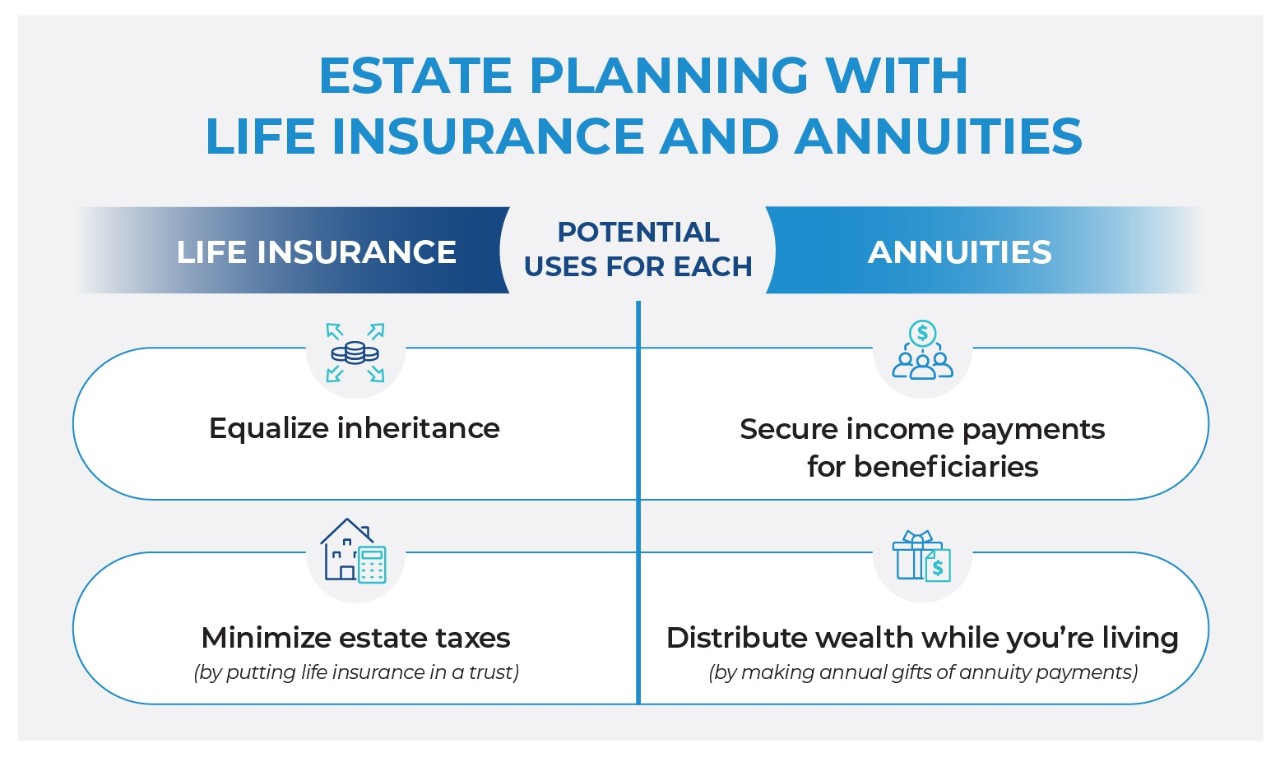All Categories
Featured
Table of Contents
This five-year basic policy and two complying with exceptions apply just when the owner's death triggers the payout. Annuitant-driven payments are reviewed listed below. The first exception to the general five-year guideline for specific recipients is to accept the death benefit over a longer period, not to surpass the anticipated lifetime of the recipient.
If the beneficiary elects to take the death advantages in this technique, the advantages are strained like any kind of various other annuity payments: partially as tax-free return of principal and partly gross income. The exemption proportion is found by using the deceased contractholder's price basis and the anticipated payments based on the beneficiary's life span (of shorter duration, if that is what the beneficiary selects).
In this technique, often called a "stretch annuity", the recipient takes a withdrawal yearly-- the required quantity of annually's withdrawal is based on the very same tables utilized to compute the called for distributions from an individual retirement account. There are 2 advantages to this technique. One, the account is not annuitized so the recipient maintains control over the cash worth in the agreement.
The 2nd exception to the five-year guideline is available just to an enduring partner. If the assigned beneficiary is the contractholder's spouse, the spouse may elect to "tip right into the shoes" of the decedent. Basically, the spouse is treated as if he or she were the owner of the annuity from its creation.
Tax implications of inheriting a Annuity Fees
Please note this uses just if the partner is named as a "assigned beneficiary"; it is not readily available, for circumstances, if a trust is the beneficiary and the spouse is the trustee. The basic five-year regulation and the two exemptions just relate to owner-driven annuities, not annuitant-driven agreements. Annuitant-driven agreements will pay survivor benefit when the annuitant passes away.

For purposes of this discussion, assume that the annuitant and the proprietor are various - Annuity rates. If the contract is annuitant-driven and the annuitant passes away, the fatality activates the survivor benefit and the recipient has 60 days to determine exactly how to take the death benefits subject to the regards to the annuity agreement
Note that the option of a spouse to "step into the shoes" of the proprietor will not be readily available-- that exception uses just when the proprietor has passed away but the proprietor really did not pass away in the circumstances, the annuitant did. Lastly, if the beneficiary is under age 59, the "death" exemption to avoid the 10% charge will not put on an early distribution once again, since that is offered only on the fatality of the contractholder (not the fatality of the annuitant).
Actually, many annuity business have interior underwriting policies that reject to provide agreements that name a various owner and annuitant. (There may be weird situations in which an annuitant-driven agreement meets a customers one-of-a-kind needs, however typically the tax obligation drawbacks will certainly outweigh the benefits - Period certain annuities.) Jointly-owned annuities may position comparable issues-- or at the very least they may not offer the estate preparation feature that jointly-held possessions do
Because of this, the survivor benefit should be paid out within 5 years of the very first owner's fatality, or subject to both exceptions (annuitization or spousal continuation). If an annuity is held jointly in between a spouse and spouse it would show up that if one were to die, the other could just proceed ownership under the spousal continuance exemption.
Assume that the husband and spouse called their son as beneficiary of their jointly-owned annuity. Upon the death of either proprietor, the company needs to pay the fatality advantages to the boy, who is the beneficiary, not the surviving partner and this would possibly defeat the owner's intentions. Was wishing there might be a mechanism like establishing up a beneficiary IRA, yet looks like they is not the situation when the estate is configuration as a beneficiary.

That does not determine the kind of account holding the acquired annuity. If the annuity was in an inherited individual retirement account annuity, you as executor must have the ability to designate the inherited IRA annuities out of the estate to acquired IRAs for each estate recipient. This transfer is not a taxable event.
Any circulations made from inherited IRAs after task are taxed to the recipient that got them at their regular earnings tax obligation rate for the year of circulations. If the acquired annuities were not in an Individual retirement account at her fatality, after that there is no means to do a straight rollover right into an acquired Individual retirement account for either the estate or the estate recipients.
If that occurs, you can still pass the distribution through the estate to the private estate beneficiaries. The tax return for the estate (Kind 1041) might consist of Form K-1, passing the earnings from the estate to the estate beneficiaries to be tired at their specific tax obligation prices rather than the much higher estate earnings tax obligation rates.
Variable Annuities death benefit tax

: We will create a strategy that includes the most effective items and features, such as enhanced death advantages, costs bonus offers, and permanent life insurance.: Get a personalized approach designed to optimize your estate's worth and minimize tax obligation liabilities.: Apply the picked strategy and receive ongoing support.: We will certainly aid you with setting up the annuities and life insurance policy plans, giving constant support to make sure the plan continues to be reliable.
Should the inheritance be pertained to as an income related to a decedent, after that taxes may apply. Generally speaking, no. With exception to retirement accounts (such as a 401(k), 403(b), or individual retirement account), life insurance policy profits, and savings bond passion, the recipient generally will not have to bear any revenue tax on their acquired riches.
The quantity one can inherit from a count on without paying tax obligations relies on numerous factors. The government inheritance tax exemption (Index-linked annuities) in the USA is $13.61 million for individuals and $27.2 million for couples in 2024. However, private states may have their own inheritance tax regulations. It is a good idea to talk to a tax professional for precise information on this issue.

His objective is to streamline retirement planning and insurance, guaranteeing that clients comprehend their options and protect the most effective insurance coverage at irresistible prices. Shawn is the owner of The Annuity Professional, an independent on the internet insurance policy company servicing consumers throughout the United States. With this system, he and his group purpose to remove the guesswork in retirement planning by assisting people locate the most effective insurance policy coverage at the most competitive prices.
Table of Contents
Latest Posts
Highlighting the Key Features of Long-Term Investments A Comprehensive Guide to Investment Choices Defining Choosing Between Fixed Annuity And Variable Annuity Features of Smart Investment Choices Why
Understanding Financial Strategies A Comprehensive Guide to Investment Choices What Is the Best Retirement Option? Benefits of Immediate Fixed Annuity Vs Variable Annuity Why Choosing the Right Financ
Understanding Variable Annuity Vs Fixed Annuity Everything You Need to Know About Financial Strategies Defining Annuities Variable Vs Fixed Advantages and Disadvantages of Different Retirement Plans W
More
Latest Posts